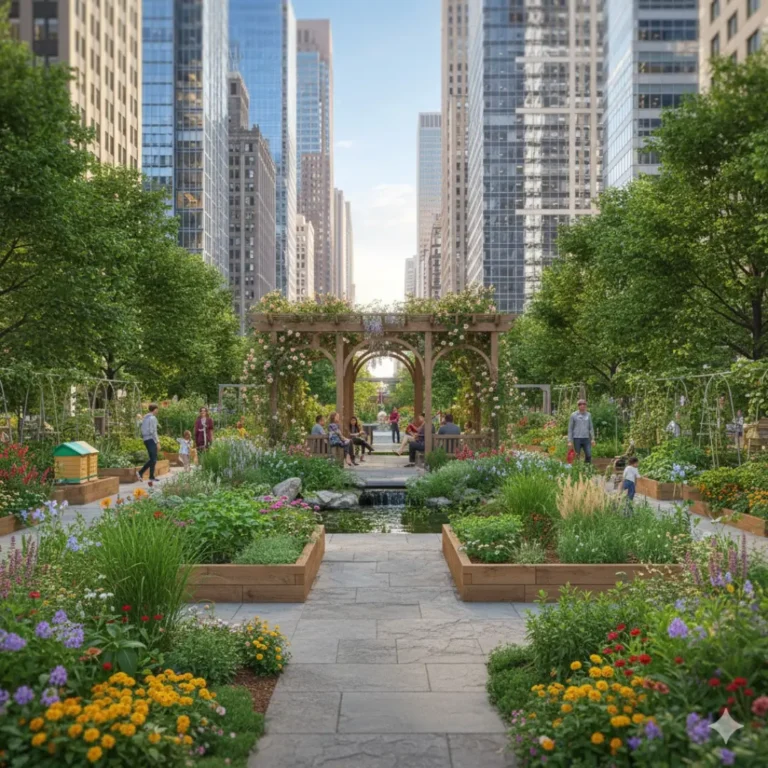In an interview with the daily newspaper Nice-Matin, Professor Paul Hofman, Director of the IHU RespirERA, highlighted the crucial role of urban greening in protecting respiratory health.
Greening cities: an essential ally for respiratory health
In Nice, respiratory diseases are the leading cause of hospitalisation. This alarming fact, underlined by Professor Hofman, calls for an ambitious greening strategy across the city, a key factor for cleaner air and better quality of life.
When the environment becomes a public health issue
Due to its geographical position between the sea and the mountains, Nice faces limited air circulation, which leads to the accumulation of fine pollution particles. This configuration worsens respiratory risks. According to Professor Hofman, urban greening offers an effective way to improve air quality and help citizens breathe easier.
Planting smarter, not just more
However, turning cities green is not enough. It is also essential to choose non-allergenic plants and promote sustainable urban planning, using materials that absorb heat and limit dependence on air conditioning. Introducing natural elements such as water features (ponds, fountains, or wetlands) helps cool the air and protect the most vulnerable populations, especially children and the elderly.
A commitment at the heart of IHU RespirERA’s mission
As a centre of excellence in respiratory health, the IHU RespirERA is fully committed to understanding, preventing, and addressing environmental factors that impact lung health.
Urban greening is therefore much more than an aesthetic initiative, it is a real public health strategy for respiratory prevention.
Read the full Nice-Matin interview: “Respiratory diseases, the leading cause of hospitalisation in Nice”: Professor Hofman’s call for more greenery in the city



